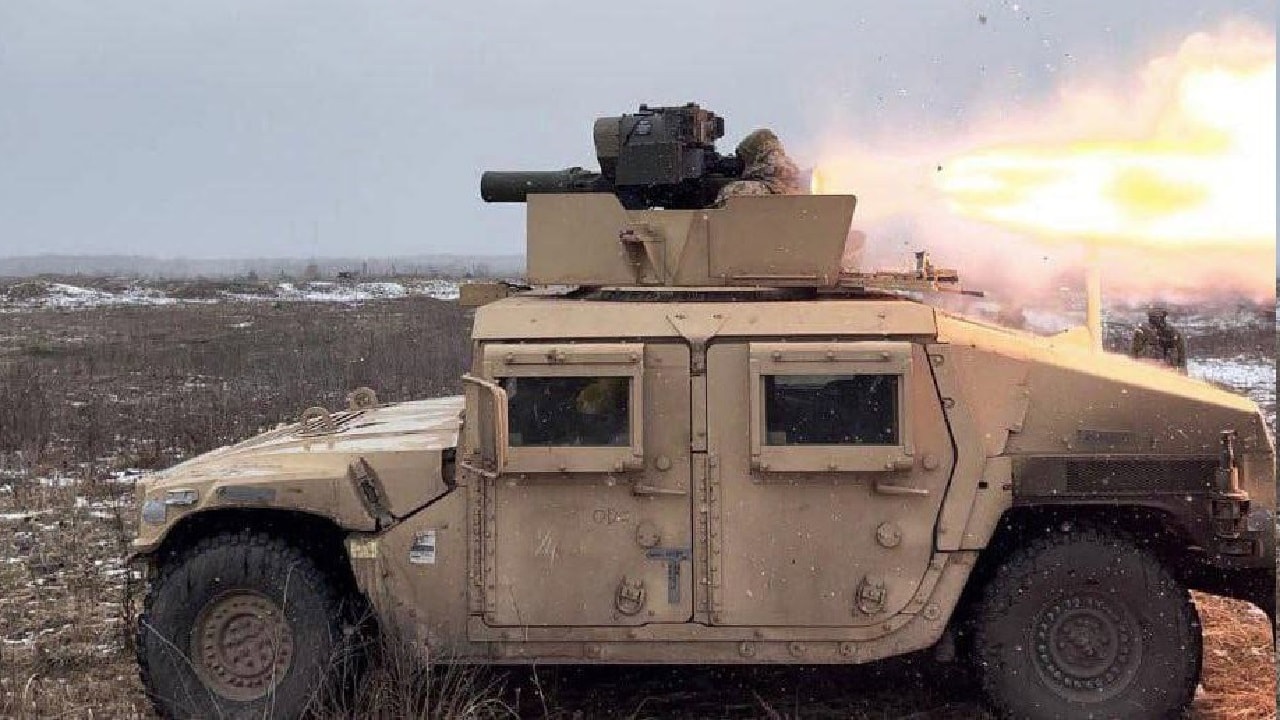The fighting on the ground in eastern and southern Ukraine continues with little respite.
Kyiv’s counteroffensive is in its sixth week, but progress has been slow because of the extensive Russian defenses throughout the battlefield.
Although fighting has been mainly taking place in the Donbas and the Zaporizhzhia Oblast, the two militaries have been fighting a low-intensity but deadly war in the Dnipro River Delta in south Ukraine.
Death and Glory in the Dnipro Delta in Ukraine
Over the past couple of weeks, there has been heavy fighting along the Dnipro River, in the Kherson Oblast.
“As well as intense combat on the eastern bank around the small Ukrainian bridgehead near the ruined Antonivsky Bridge, small units of Russian and Ukrainian troops have also been contesting islands in the Dnipro delta,” the British Military Intelligence assessed in its latest estimate of the war,” the British Military Intelligence assessed in its latest estimate of the war.
Since the fall, the Ukrainian military has been using its 73rd Naval Center of Special Operations, a little-known unit based on the US Navy SEALs, to conduct raids and ambushes throughout the Dnipro Delta, taking out Russian command and control posts and harassing unsuspecting units. The Ukrainians are also using long-range fires and suicide drones to attack Russian units in the Delta.
But the Russian forces are also using small, fast motorboats to attack, though with more limited success compared to the Ukrainians.
“Russia faces a dilemma in deciding whether to respond to these threats by strengthening its Dnipro Group of Forces at the expense of the stretched units facing the Ukrainian counteroffensive in Zaporizhzhia Oblast,” the British Military Intelligence added.
The Russian military has already relocated some elite units from the area to reinforce other sectors of the front that are under pressure by the Ukrainian counteroffensive.
Russian Casualties
As far as casualties go, the Russian military continues to lose a steady number of men every day.
The Ukrainian military has adjusted in tactics on the ground and is now proceeding more cautiously, slowly piecing apart the Russian minefields and defenses with smaller numbers of dismounted troops. The change of tactics has resulted in fewer casualties on both sides. These days, the Russian forces are losing approximately 500 men every day—with an average of 400 daily casualties throughout the 512 days of the conflict.
However, in long-range fires, the Russian forces continue to lose dozens of weapon systems every day.
Overall, the Ukrainian Ministry of Defense claimed that as of Wednesday, Ukrainian forces have killed and wounded approximately 239,480 Russian troops, destroyed 322 fighter, attack, bomber, and transport jets, 310 attack and transport helicopters, 4,123 tanks, 4,573 artillery pieces, 8.059 armored personnel carriers and infantry fighting vehicles, 689 Multiple Launch Rocket Systems (MLRS), 18 boats and cutters, 7,105 vehicles and fuel tanks, 430 anti-aircraft batteries, 3,885 tactical unmanned aerial systems, 683 special equipment platforms, such as bridging vehicles, and four mobile Iskander ballistic missile systems, and 1,279 cruise missiles shot down by the Ukrainian air defenses.
With this rate of casualties, the Russian military will have a hard time launching and sustaining future large-scale offensive operations that could achieve an operational breakthrough.
A 19FortyFive Defense and National Security Columnist, Stavros Atlamazoglou is a seasoned defense journalist specializing in special operations, a Hellenic Army veteran (national service with the 575th Marine Battalion and Army HQ), and a Johns Hopkins University graduate. He is currently working towards a Master’s Degree in Strategy, Cybersecurity, and Intelligence at the Johns Hopkins University’s School of Advanced International Studies (SAIS). His work has been featured in Business Insider, Sandboxx, and SOFREP.
From 19FortyFive
The Marjorie Taylor Greene Disaster Has Arrived

